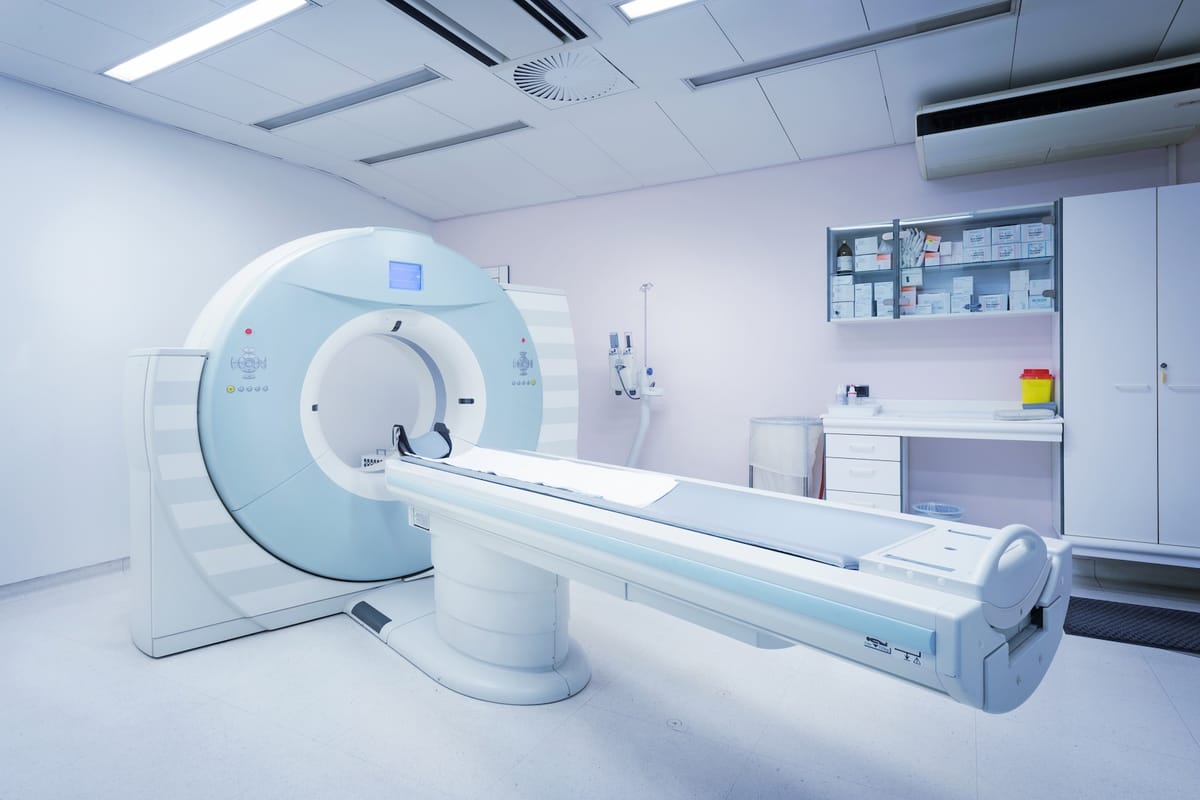

Unveiling the Hidden Dangers of CT Scans
In recent discussions among health experts, a startling connection has emerged between CT scans and cancer rates in the United States. A study highlighted by doctors suggests that around 5 percent of cancer cases in the country might be linked to the radiation exposure from these imaging tests. This statistic raises significant concerns about the widespread use of CT scans in medical diagnostics.
The research, published in a prominent medical journal, points to the cumulative effect of radiation over time as a potential risk factor. While these scans are invaluable for detecting various conditions, the radiation doses involved are notably higher than those from standard X-rays. This has sparked a debate on how to balance the benefits of accurate diagnosis with the potential long-term health risks.
Understanding Radiation Exposure from Medical Imaging
CT scans, often used to get detailed images of internal organs, bones, and tissues, expose patients to ionizing radiation, which can damage DNA and potentially lead to cancer. According to the study, the risk is particularly concerning for younger patients who may undergo multiple scans over their lifetime.
Experts like Dr. Rebecca Smith-Bindman, a professor of radiology, have emphasized the need for careful consideration before ordering these tests. She noted that while the individual risk per scan might be small, the sheer volume of scans performed annually—over 80 million in the U.S.—amplifies the public health concern. This perspective underlines the urgency of reevaluating protocols surrounding CT scan usage.
Additionally, the variation in radiation doses across different facilities adds another layer of complexity. Some hospitals and clinics may use higher doses than necessary due to outdated equipment or lack of standardized guidelines, inadvertently increasing patient risk.
The Scale of CT Scan Usage in America
The United States stands out globally for its high reliance on CT scans, with usage rates significantly higher than in other developed nations. Reports indicate that Americans undergo these scans at a rate nearly five times higher than in countries like the United Kingdom. This discrepancy prompts questions about whether all these scans are medically justified.
Factors contributing to this trend include defensive medicine practices, where doctors order extensive tests to avoid potential lawsuits, and patient expectations for quick, definitive answers. However, this overuse can lead to unnecessary radiation exposure without corresponding health benefits, as pointed out by several health policy analysts.
Expert Opinions on Reducing Risks
Amid growing concerns, medical professionals are advocating for strategies to minimize radiation exposure from CT scans. Dr. Smith-Bindman suggests using alternative imaging methods like ultrasound or MRI when possible, as these do not involve ionizing radiation. She also calls for better training for technicians to ensure doses are kept as low as reasonably achievable.
Another approach gaining traction is the implementation of decision-support tools for physicians. These tools help assess whether a CT scan is truly necessary based on a patient's symptoms and medical history, potentially reducing unwarranted scans. Organizations like the American College of Radiology are pushing for such guidelines to be widely adopted.
Furthermore, there’s a push for public awareness campaigns to educate patients about the risks and benefits of medical imaging. Empowering individuals to ask questions and engage in shared decision-making with their healthcare providers could lead to more judicious use of these technologies.
Looking Ahead: Policy and Technology Solutions
On the policy front, there’s a call for stricter regulations on radiation doses and mandatory reporting of exposure levels during CT scans. Some experts argue that federal oversight could help standardize practices across the nation, ensuring that no patient is exposed to unnecessarily high levels of radiation.
Technological advancements also offer hope for safer imaging. Innovations like low-dose CT scanners are being developed and implemented in some centers, significantly reducing the amount of radiation per scan without compromising image quality. These advancements could be pivotal in addressing the concerns raised by recent studies.
As the medical community grapples with these challenges, the dialogue continues about finding the right balance. The goal is clear: to harness the diagnostic power of CT scans while safeguarding public health against the subtle but real risks of radiation-induced cancers.
Dues are $12 per year. Member benefits:
✅ Ad-Free Website Viewing
✅ Advocacy for Republican Seniors
✅ 120+ Senior Discounts
✅ Member Only Newsletters